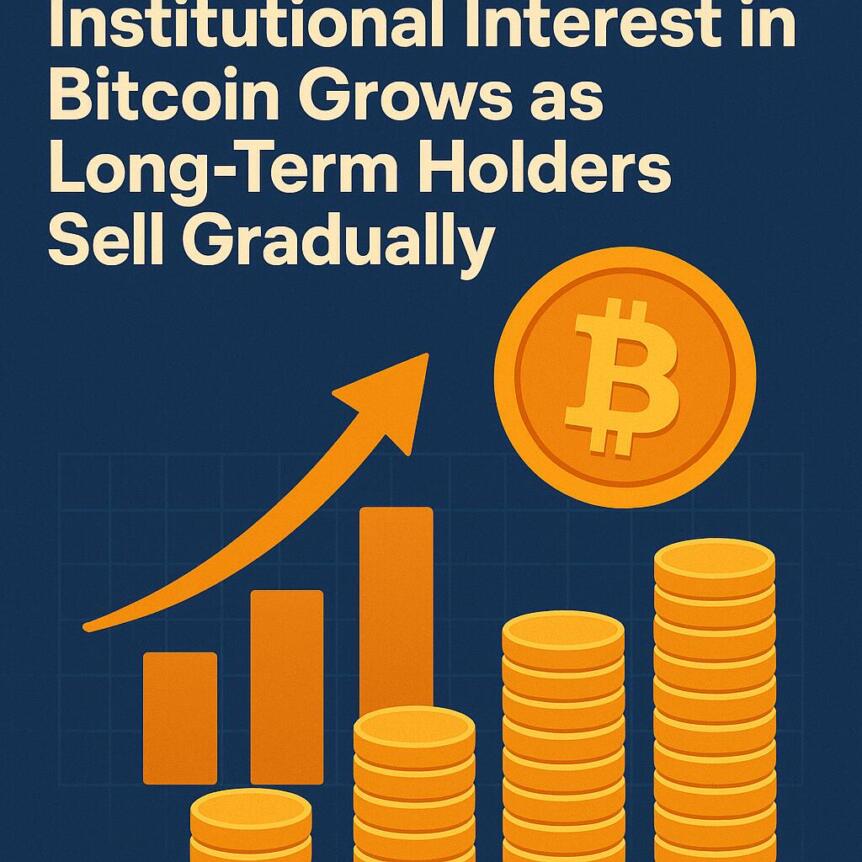Bitcoin Sensitivity: The Alarming Truth About Its Nasdaq Dependency
BitcoinWorld
Bitcoin Sensitivity: The Alarming Truth About Its Nasdaq Dependency
Have you noticed Bitcoin’s price swings lately? According to recent analysis, Bitcoin sensitivity to Nasdaq movements reveals a startling pattern: it falls faster during stock downturns than it rises during rallies. This insight comes from crypto market maker Wintermute, highlighting a 0.8 correlation with the stock market that could reshape your investment strategy.
What Does Bitcoin Sensitivity Mean for Investors?
Bitcoin sensitivity refers to how strongly BTC prices react to changes in traditional markets, particularly the Nasdaq. Wintermute’s data shows this relationship has intensified, with downward movements in tech stocks triggering sharper Bitcoin declines. However, upward Nasdaq trends don’t produce equal Bitcoin gains. This asymmetry creates unique risks and opportunities for cryptocurrency holders.
Why Is Bitcoin More Reactive to Bad News?
The current Bitcoin sensitivity skew reached its highest level since late 2022. Several factors explain this behavior:
- Risk-off sentiment: Investors treat both tech stocks and Bitcoin as risk assets
- Institutional overlap: Same funds often hold Nasdaq stocks and Bitcoin
- Liquidity dynamics: Market makers adjust positions simultaneously across markets
Interestingly, despite this heightened sensitivity, Bitcoin continues trading near all-time highs, suggesting underlying strength beyond stock market influences.
How Can You Navigate This Bitcoin Sensitivity?
Understanding Bitcoin sensitivity helps you make smarter decisions. Consider these approaches:
- Monitor Nasdaq futures for early Bitcoin movement signals
- Diversify into assets with lower correlation to stocks
- Use dollar-cost averaging to reduce timing risks
Remember that Bitcoin sensitivity works both ways – while declines may be sharper, recovery potential remains substantial given Bitcoin’s historical performance.
What Does the Future Hold for Bitcoin Sensitivity?
As Bitcoin matures, its sensitivity to traditional markets might evolve. Increased institutional adoption could either strengthen or weaken these correlations. Regulatory developments and macroeconomic factors will continue influencing this relationship. The key is recognizing that Bitcoin sensitivity represents both challenge and opportunity in today’s interconnected financial landscape.
Bitcoin sensitivity to Nasdaq movements presents a complex picture for investors. While the downward bias creates short-term volatility, Bitcoin’s resilience near record highs suggests strong fundamental value. By understanding these dynamics, you can better position your portfolio for both risk management and growth potential.
Frequently Asked Questions
What is Bitcoin sensitivity?
Bitcoin sensitivity describes how strongly Bitcoin prices react to movements in traditional financial markets, particularly the Nasdaq index.
Why does Bitcoin correlate with stocks?
Both are considered risk assets by investors, and many institutions trade them similarly, creating interconnected price movements.
How high is the correlation between Bitcoin and Nasdaq?
Wintermute analysis shows a 0.8 correlation, indicating a very strong relationship between the two markets.
Should I worry about this sensitivity?
It’s a factor to consider in risk management, but Bitcoin has shown ability to recover and reach new highs despite short-term correlations.
Can this correlation change over time?
Yes, as Bitcoin adoption grows and markets evolve, the strength and nature of these relationships may shift.
How can I protect my investments from this sensitivity?
Diversification, careful position sizing, and long-term perspective can help manage correlation risks.
Found this analysis of Bitcoin sensitivity helpful? Share this article with fellow investors on Twitter and LinkedIn to spread these crucial market insights.
To learn more about the latest Bitcoin trends, explore our article on key developments shaping Bitcoin price action.
This post Bitcoin Sensitivity: The Alarming Truth About Its Nasdaq Dependency first appeared on BitcoinWorld.
You May Also Like

Institutional Interest in Bitcoin Grows as Long-Term Holders Sell Gradually

Wormhole launches reserve tying protocol revenue to token
